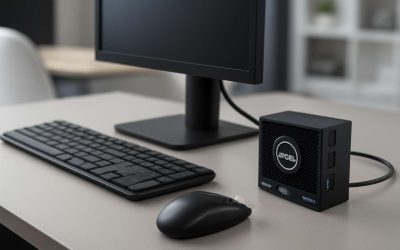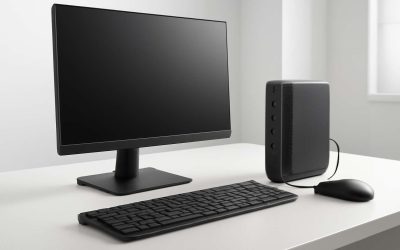If your employees need access to applications that aren’t typically stored on a desktop computer, they may not require a dedicated PC. That’s where thin clients come in. Thin clients are designed to connect to your remote server using a network connection, making them a secure alternative to traditional PCs that can help improve the productivity of your workforce.
Thin clients are a popular choice in many industries because they don’t have any software or data on them, reducing the potential for malware to cause problems. They are also less expensive than dedicated PCs to purchase and maintain, since the hardware is not as complicated. Plus, they use fewer resources than a standard PC, which can make them a more eco-friendly option.
The main disadvantage of a thin client is that it can be hard to run certain applications. If your employees work with graphic-intensive programs, for example, a thin client may not be enough. This can be solved by enabling the host server to support these applications by adding GPU cards and other hardware acceleration features. Another factor to consider is the refresh rate of a thin client. Most of these devices are between 30 and 60 hertz, which can limit their performance at higher resolutions.
It is also important to assess your business’s specific needs before deciding on which type of thin client device to purchase. Some thin clients are more powerful than others, so you’ll want to be sure that your application requirements will fit well with the hardware. Generally, you’ll be able to determine the appropriate level of power for a given user by segmenting your users into groups and then assessing which apps will be most resource-demanding.
Another consideration when choosing a thin client is to think about what other products your vendor offers. They might have solutions that can help you optimize your virtual app and desktop environment, like centralized management, Cloud capability options, and more. This can minimize procurement and support points while potentially saving cost through bundling.
Thin clients are a great alternative to traditional PCs, especially for regulated industries, like financial services and banking. They can be more efficient than a dedicated PC, and they’re easier to monitor because all the activity is centralized in one place. Moreover, they can be wiped or repurposed quickly in case of a disaster, and they have fewer components that can break down or get stolen. They are also much quicker to replace than a full-powered PC.



0 Comments